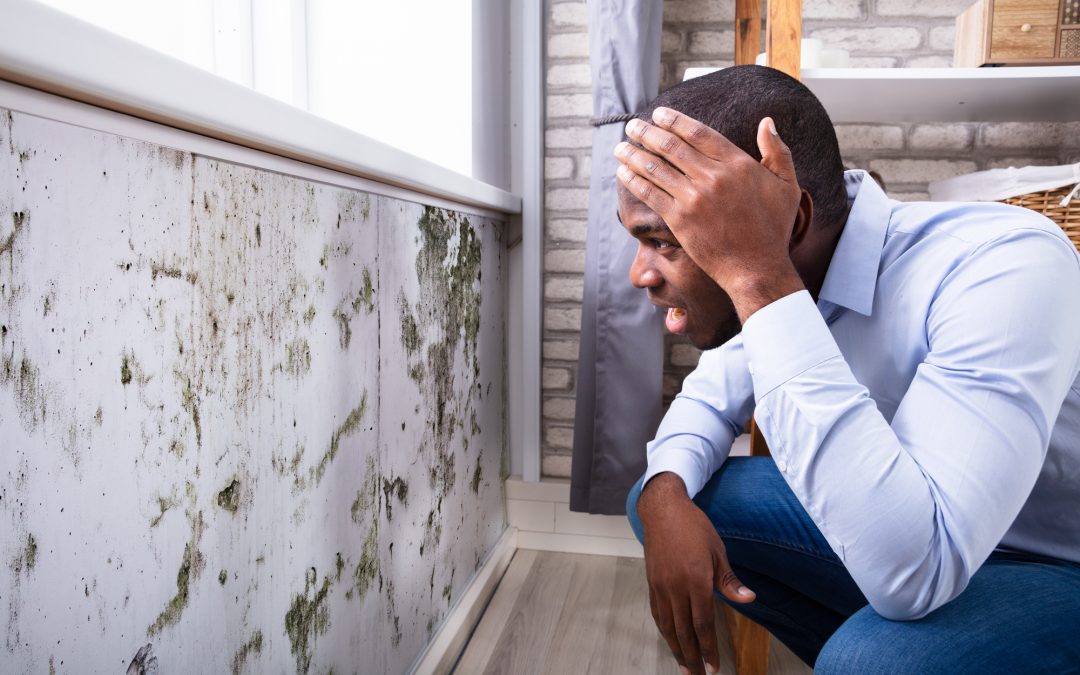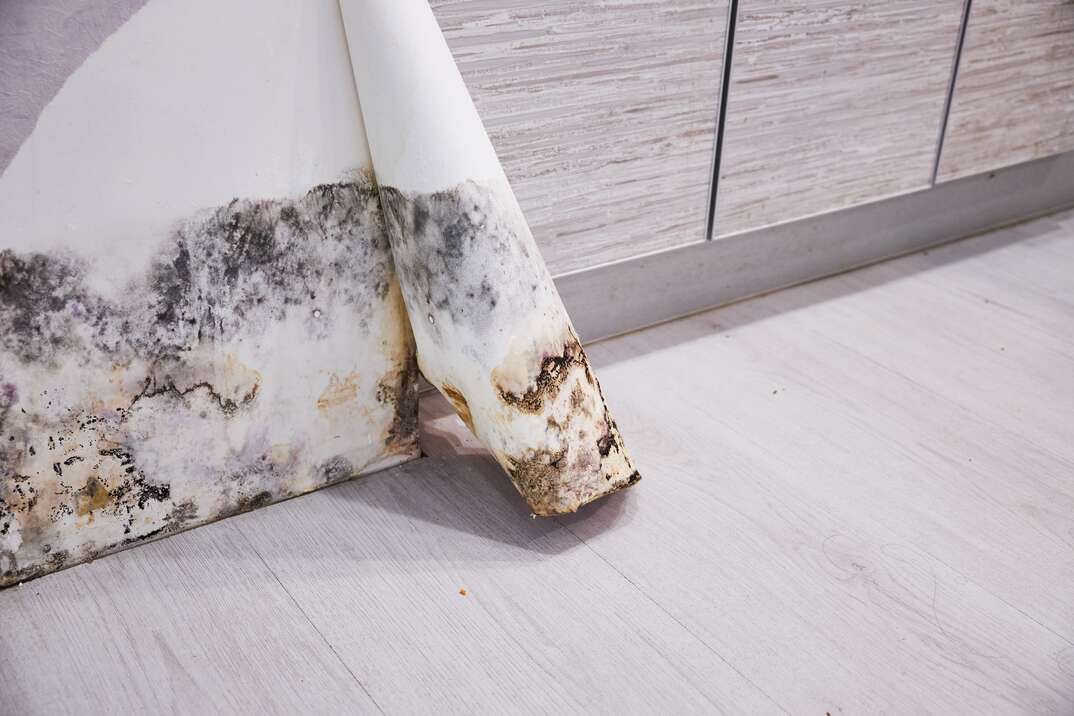Crafting a Detailed Post Mold Remediation Report
Specialist Tips for Message Mold Removal Success
In the realm of mold and mildew removal, effectively eliminating mold and mildew is only half the battle; the real difficulty exists in preventing its reappearance. By sticking to skilled suggestions and ideal methods, people can guard their rooms versus mold resurgence and preserve a healthy indoor setting.
Monitor Moisture Degrees Routinely
Regular monitoring of moisture degrees is important in making certain the efficiency of blog post mold and mildew remediation initiatives. After finishing mold removal procedures, preserving optimal humidity degrees is crucial to prevent mold and mildew re-growth and ensure a healthy indoor environment. Tracking moisture degrees permits very early detection of any spikes or fluctuations that can potentially result in mold rebirth. High humidity levels over 60% produce a helpful setting for mold to thrive, making normal keeping an eye on a positive procedure to avoid any type of future mold and mildew problems - testing air quality after mold remediation.
Utilizing hygrometers or moisture meters can assist in properly measuring humidity levels in various areas of the property. These tools give real-time information that allows removal specialists to make enlightened choices regarding ventilation, dehumidification, and other necessary actions to preserve suitable humidity levels post-remediation. Furthermore, establishing a routine schedule for moisture checks, specifically in risky locations such as kitchen areas, basements, and restrooms, is a proactive approach to mold and mildew avoidance. By consistently keeping an eye on humidity degrees, residential or commercial property owners can properly minimize the threat of mold reoccurrence and maintain a healthy and balanced indoor setting post-remediation.
Conduct Thorough Inspections Post-Remediation
Adhering to the completion of mold removal procedures, it is important to perform detailed assessments to validate the efficiency of the remediation process. These post-remediation evaluations are important in making sure that the mold issue has been successfully attended to and that there is no recurrence or staying mold and mildew growth. Inspections must be performed by certified professionals who have know-how in recognizing mold and mildew and assessing indoor air high quality.
During these assessments, numerous approaches such as aesthetic analyses, air tasting, and surface area tasting might be employed to thoroughly evaluate the remediated areas. Visual analyses involve a detailed assessment of the premises to look for any kind of visible indicators of mold and mildew growth or water damage. Air sampling assists in figuring out the air-borne mold spore levels, while surface area tasting can find mold and mildew bits on surfaces.
Implement Correct Ventilation Strategies
After making sure the effectiveness of the mold removal process via complete inspections, the next critical step is to concentrate on executing proper air flow approaches. Sufficient ventilation is crucial in preventing mold reoccurrence by managing dampness degrees and promoting air flow.
Proper air flow not just help in stopping mold and mildew development however likewise contributes to the general health and comfort of passengers. By making certain ample ventilation throughout the residential or commercial property, you can minimize the threat of mold regrowth and produce a much healthier living setting.

Use Mold-Resistant Materials for Services
To improve the long-term efficiency of mold removal efforts, including mold-resistant materials for repairs is critical in alleviating the risk of future mold growth. Mold-resistant products are designed to stand up to moisture and prevent mold and mildew growth, making them an essential option for locations susceptible to wetness and humidity. When fixing areas impacted by mold, making use of materials such as mold-resistant drywall, mold-resistant paints, and mold-resistant caulking can aid avoid mold and mildew recurrence.
Mold-resistant drywall is an excellent option to typical drywall in areas like basements and shower rooms where dampness degrees are higher. This sort of drywall has an unique finishing that stands up to mold and mildew development also when exposed to damp conditions. Furthermore, utilizing mold-resistant paints including antimicrobial representatives can better hinder mold and mildew growth on ceilings and wall surfaces.
In locations where dampness prevails, such as washrooms and cooking areas, making use of mold-resistant caulking around windows, bathtubs, and sinks can aid seal out water and avoid mold from taking hold in splits and holes. By spending in these mold-resistant materials throughout repair services post-remediation, you can significantly reduce the chance of future mold and mildew problems and maintain a much healthier indoor environment.
Maintain Sanitation and Address Water Issues
After mold remediation, it is critical to preserve a clean atmosphere to stop the regrowth of mold and mildew. Leakages, water breach, or high humidity levels can click here for more produce the best reproduction ground for mold and mildew, so it is vital to deal with any water-related problems right away.
To keep sanitation, consider using HEPA filters in vacuum cleaners and air cleansers to trap mold and mildew spores and prevent their flow airborne. Moreover, guaranteeing appropriate air flow in locations vulnerable to moisture accumulation, such as cooking areas and shower rooms, can help keep humidity levels in check. By remaining alert concerning cleanliness and dealing with water concerns quickly, you can effectively protect against mold and mildew reinfestation and preserve a healthy indoor setting.
Final Thought

In the realm of mold and mildew removal, successfully removing mold and mildew is just half the fight; the real challenge lies in avoiding its reappearance. After completing mold and mildew removal treatments, keeping optimal humidity levels is vital to avoid mold and mildew re-growth and make certain a healthy indoor atmosphere. High moisture degrees above 60% create a conducive atmosphere for mold and mildew to thrive, making regular keeping track of a proactive step to avoid any type of future mold issues.
To improve the long-lasting efficiency of mold remediation efforts, including mold-resistant products for repairs is crucial in mitigating the threat of future mold and mildew development. After mold and mildew remediation, it is important to preserve a clean setting to try this website protect against the regrowth of mold and mildew.